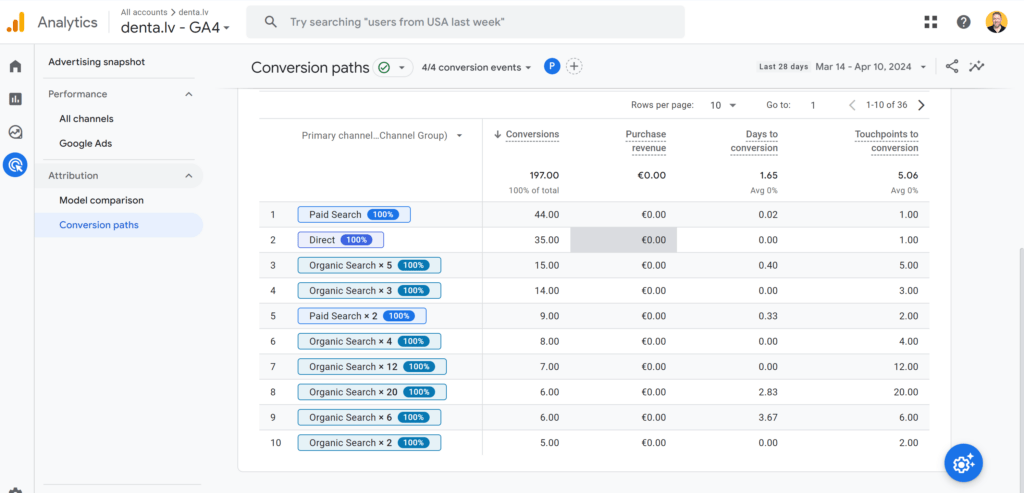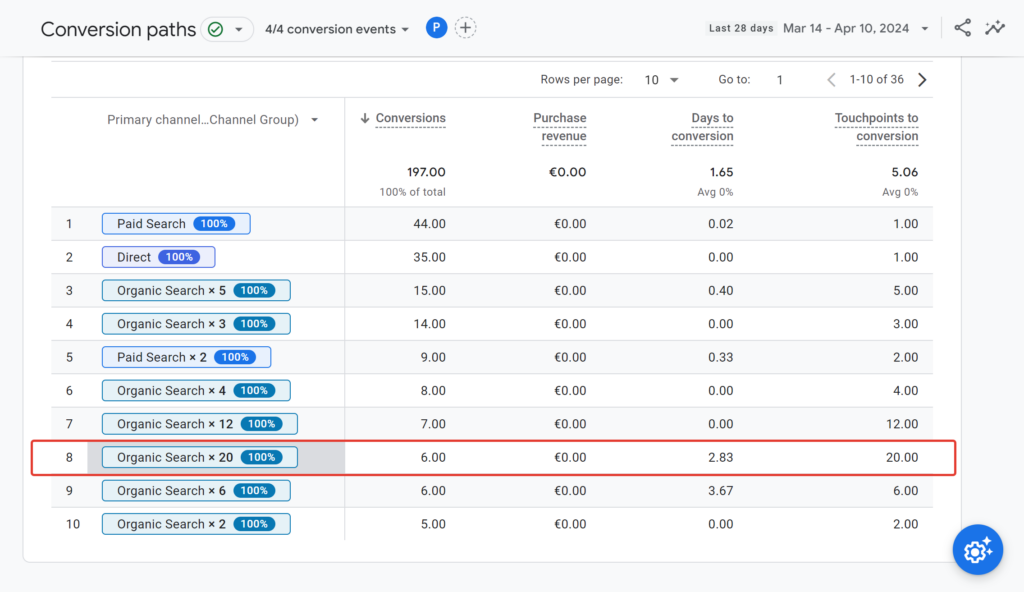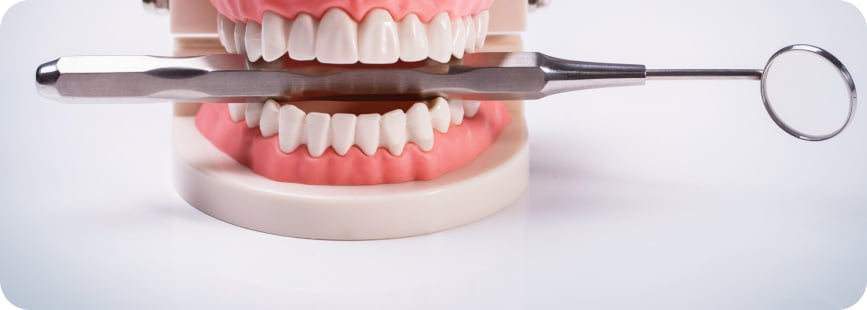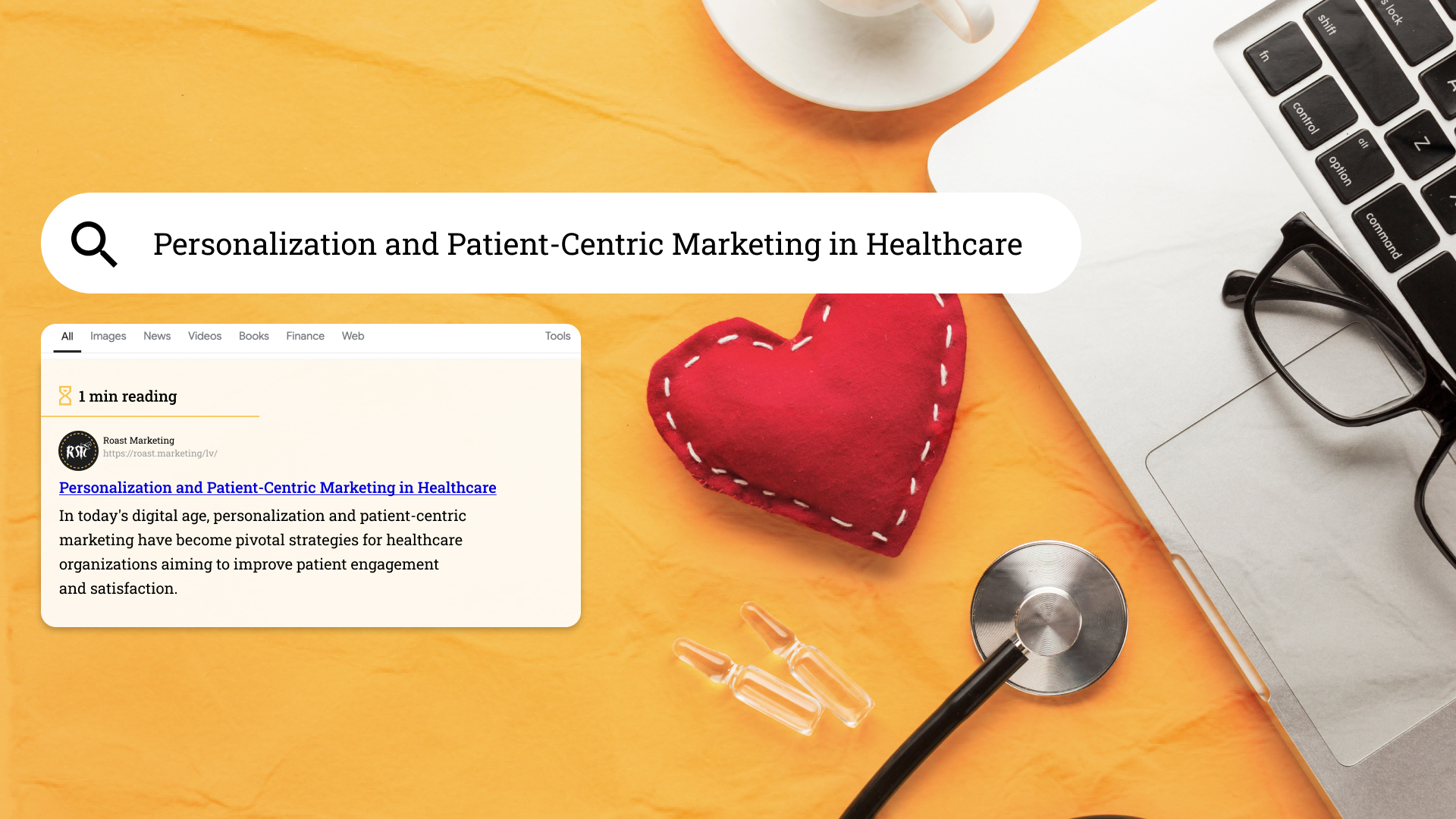The way patient chooses a dental clinic
The journey a patient takes before scheduling an appointment and what influences whether a patient will come to your dental clinic or go to competitors.
If you are not the only clinic in town which a patient can visit then most likely before coming to you the patient will compare your clinic with others that fit his request. In this article I will tell you about how a patient makes a decision, how to influence the choice in favor of your clinic and which analytics tools will help you.
Context: we are talking about a patient who is not familiar with your clinic or dentist and who isn’t looking for a dentist in an emergency case.
Figuratively, the entire journey of the client from the occurred need for a dentist until the moment he sits down in your chair can be divided into 3 stages.
1. Awareness
At this stage, the patient has matured the need to make an appointment with a dentist and the first thing he will do is remember some dental clinic that he saw during last time. For example, 2 days ago a patient was walking from home to work and saw a sign along the way. Or he was scrolling through his social networks and saw an advertisement. And the more often you caught this person’s eye before this moment, the more likely he is to open Google and type in the name of your clinic.
Therefore, it is extremely important to work on the recognition of your brand. This task is handled very well by awareness advertising campaigns that you can launch on social networks, on banner networks on other people’s sites, in the form of videos on YouTube and so on. This type of advertising campaign is on a CPM model – it means you pay for views. If you need help setting up such campaigns, please contact us.
Make sure all your advertising creatives contain your dental logo.
2. Consideration, evaluation and recommendations
Even if at the first stage the patient immediately remembered you, went to your website and left a request – it does not mean that this patient will reach your clinic with 100% probability, as he is now in the consideration phase. At this stage the client will go and search for information about your clinic, read reviews, ask for a recommendation from relatives and friends. And the more complicated the client’s case or if the service the patient needs is expensive – the longer the patient will be at this stage and the more scrupulously will look for information about you. So, here it is necessary to:
- First and most importantly: monitor the reputation of your clinic in Google or Yandex systems. If your clinic has a bad reputation on the network, if the ratings are below 4*, then you are losing a huge share of patients. Also people often look for reviews about specific doctors, so it is very important that all your doctors have positive reviews.
- Make sure that when a patient types in “clinic X reviews” in the search, only positive reviews come out first in the search results. And it’s good if these are video reviews.
- Tell the patient about your clinic until he steps over the threshold of your clinic. This task is handled very well by email marketing, social media postings, remarketing advertising campaigns, and “about us” pages on your website. Set up a funnel of letters so that the patient, after leaving a request, receives several letters to his mail, where you will tell him about your clinic, advantages, doctors, and show several video reviews. Launch paid advertising on those who left a request but have not yet scheduled an appointment. In your social networks the patient should also see information that will help him reinforce his decision to go specifically to you.
3. Decision and retention
Now we have come to the important stage “I am scheduling an appointment”. If the client has scheduled an appointment at your clinic it means that all your efforts from the previous stage were effective, you have increased trust and the patient is ready to go. But it’s too early to relax. Even those people that ready to come are needed a help to get there. If the client does not have an urgent problem that can be postponed or the patient is afraid of doctors – then he will sabotage the visit in every possible way, not always consciously. For example, he can just forget. To prevent this set up a CRM to automatically send a reminder about the visit a few days or a day before the visit.
It works very well – if in your reminder message you indicate the name of the doctor and that he is already waiting for the patient. Then the patient’s responsibility will be higher, it will be more difficult for him to break the agreement.
Also, CRM will help you collect important feedback about your clinic or doctor. After the appointment, set up an automatic message asking to leave a review and a link to the platform where you need to improve your rating. Also CRM will help you with recording repeat appointments, congratulate patients with birthdays and so on. There are special, medical CRM systems.
Analytics
And as promised, some advanced information on how to analyze the patient’s journey. How to check how many times you need to remind yourself before making a decision and how to understand how long the patient thinks before making an appointment. I will show an example of our client – the dental clinic DENTA.

In Google Analytics 4 there is such a report “Conversion Paths” where you can see how many times a user interacted with you and over what period of time before leaving a request. The numbers can change depending on the channel (source).

In the screenshot you can see that 44 conversions were made by users with the first touch in paid advertising Google Ads (Paid Search), it means that they went to google, typed in a keyword request, saw the ad – clicked on it and immediately signed up.
This does not happen at all clinics. Such a high indicator of conversion from the first touch speaks of good clinic recognition. The user wrote in the search “Dentistry nearby”, he was shown an advertisement for the DENTA clinic. He immediately remembered this brand, as he often saw the advertisement.

But also in this report there is another example. Here, for example, 6 people before leaving a request, 20 times went to the site within 3 days, studied something, watched, read, most likely, at the same time looked at the sites of competitors and only after that decided to sign up.
If in your case the patient, for example, thinks for 10 days before making a decision, it means that you have 10 days to influence the decision. For example all 10 days, every day show him your ad in the form of reviews, benefits, and other useful information.
Conclusion
Sometimes dental clinics do not find enough budget to comprehensively engage in the marketing described in the article. The more tasks needed to be covered at once, the more investments are required. For such clients we recommend acting gradually, closing one task after another. Thus, you will gradually cover all aspects of promotion. Yes, this will take more time but the budget for marketing will be distributed immediately for a long period of time ahead. This is how our client DENTA clinic did and during three years of cooperation we made them a new website, conducted technical SEO optimization, launch advertising campaigns in Google Ads and social networks, and much, much more. This allows the clinic, in the city of Riga, to generate more than 600 applications per month and to close an appointment in 20 offices for several months ahead. We described more about this case in this article. But if the budget allows then you can implement all this faster and start getting a return on investment faster.
If you need the help of qualified specialists focusing on dental marketing then leave a request in the form under this article and we will definitely find a solution that suits you.










